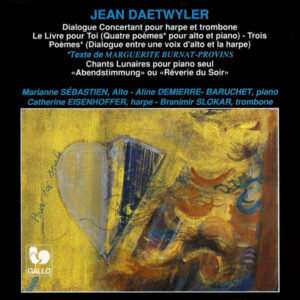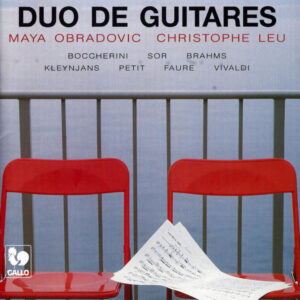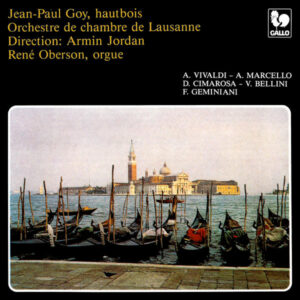Extraits / Excerpts
MEL BONIS – ELIANE GEISER – ANNE-MARIE AELLEN
Mel BONIS : Mélodies : Allons prier – Berceuse – Reproche tendre – Le moulin – Le ruisseau – L’oiseau bleu – Dès l’aube – Elégie sur le mode antique – Immortelle tendresse – La mer – Le chat sur le toit – Couboulambou à Paris – Le dernier souvenir – Chanson d’amour – Noël pastoral – O Salutaris – Pourriez-vous pas me dire – Sur la plage – Un soir – Viens – Mirage – Chanson de printemps – Regina coeli.
Eliane Geiser, Mezzo Soprano – Anne-Marie Aellen, Piano – Flurin Tschurr, Bass.
Mel Bonis
French composer Méianie Bonis (1858 – 1937) came from a modest middle-class family in Paris. She did not have any musical predecessors in her family; her passion for music was completely personal.After having learned the piano in an autodidactic manner Mélanie obtained permission from her parents to take music classes. Her talent and her enthusiasm led her to meet the right persons, and it was César Franck himself who opened up the doors to the Paris Conservatory for her in 1876. She was a brilliant student (with classmates such as Pierné and Debussy), studying harmony, piano accompaniment and composition with Guiraud and Bazille. After three years of study she was awarded a first prize for harmony and a second prize for accompaniment when her parents decided to make her quit the conservatory in order to break up her idyll with Amédée Hettich, a young and brilliant singer who would earn great fame. Melanie was forced into an arranged marriage with Albert Domange, a wealthy Parisian industrialist. She was responsible for a large family and a number of sizeable residences. It was within this context, far removed from music, that she rediscovered her passion for composing, a passion magnified by her hypersensitivity, inspired by her impossible love and sublimated by frenetic Christian beliefs and mysticism.
Mel Bonis left a significant body of works, some three hundreds pieces in nearly every genre: choral music, organ works, chamber music (including a number of masterpieces such as the quartets or the sonatas), symphonic works and piano pieces. The post-romantic style of her oeuvre corresponded well to her times and is quite varied, ranging from dramatic to humorous, often vigorous and sensual, with occasional oriental excursions, always well written and marked by great expressiveness. Her writing is very personal and easily identifiable by the originality of its harmonies and rhythms.
Mel Bonis composed throughout her life, but the most essential works were written and performed at the end of the 19th century and during the first ten years of the 20th century. Works by Mel Bonis were distinguished by the «Society of Composers» or selected by the «National Music Society».
Despite everything, Mel Bonis’ compositions were not performed frequently during her lifetime. And after she died she was completely forgotten for more than 50 years, despite the efforts of her children – until her rediscovery by Eberhard and lngrid Mayer in Germany and the creation of the «Mel Bonis Association» in France.
Mel Bonis was particularly fond of the flute. There was a real lack of compositions of high musical quality for the flute in France until the end of the 19th century, aside from virtuoso works for consummate instrumentalists. Mel Bonis and Claude Debussy played a central role in drawing attention to this instrument and the popularity that it would attain in the 20th century. She was particuialy close to celebrated flute virtuoso Louis Fleury through music and friendship; he was married to Gabrielle Monchablon, the daughter of Mel Bonis’ best friend. We found a number of letters from Louis Fleury in Mel Bonis’ correspondence that attest to the pleasure with which he performed her works.
Christine Géliot
- Categories
- Composers
- Interprets
- Booklet












